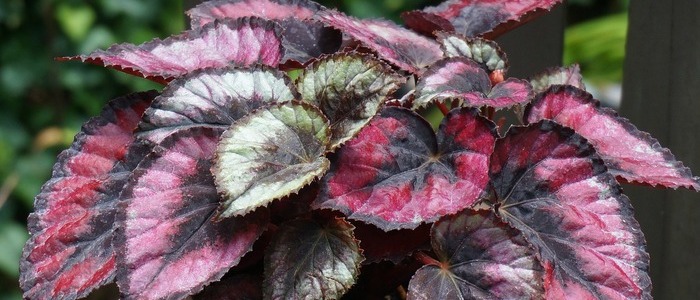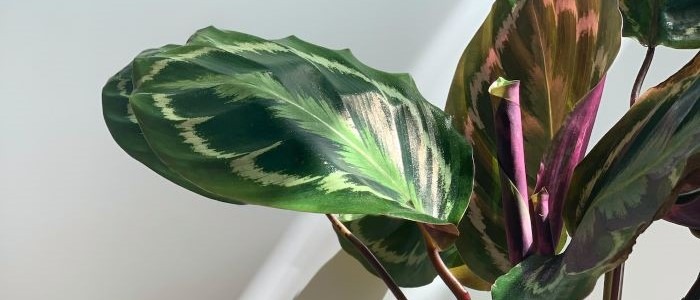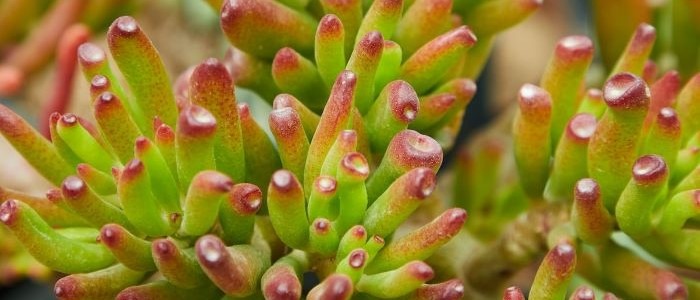Are you looking to spruce up your garden with the Rex begonia plant? Well, you wouldn’t be disappointed this popular houseplant is known for its striking foliage and vibrant colors. However, caring for this plant can be a bit tricky, as they require specific conditions to thrive. In this blog post, we’ll dive into the world of rex begonias and explore the best practices for keeping these plants healthy and happy.
Whether you’re a seasoned plant parent or a beginner, you’ll find plenty of tips and tricks to help you care for your rex begonia and keep it looking its best. So let’s get started!

Rex Begonia Plant Frequently Asked Questions
Does the rex begonia prefer shade or the sun?
The rex begonia plant prefers bright, indirect light and can be easily burned if exposed to direct sunlight. It is best to place the plant near a window with filtered light or in a spot with bright, indirect light. However, too much shade can also be detrimental to the plant's growth and cause it to become leggy. It is important to find the right balance of light for the rex begonia to thrive.
How often do you water Rex begonias?
Rex begonias should be watered when the top inch of soil feels dry to the touch. Overwatering can cause root rot, so it is important to let the soil dry out between waterings. It is also recommended to use room temperature water and avoid getting water on the leaves, as this can cause leaf spotting and fungal growth.
Caring for the Rex Begonia Plant
Rex begonias are a popular houseplant that can add a pop of color and texture to any room. However, caring for these plants can be a bit tricky, as they require specific conditions to thrive. This blog will outline the best methods for caring for your Rex begonia plant to ensure it stays healthy and vibrant for years to come.
Whether you’re a seasoned plant parent or a beginner, these tips will help you provide the best care for your Rex begonia. We’ve got you covered from proper lighting and watering to fertilizing and repotting. With a little bit of attention and care, your Rex begonia can become a stunning addition to your home decor. So, let’s get started on creating a thriving environment for your beautiful plant!
First and foremost, it’s important to understand the lighting requirements for your Rex begonia. These plants prefer bright, indirect light, so placing them near a window with filtered sunlight is ideal. Direct sunlight can scorch the leaves, while too little light can cause the plant to become leggy and sparse. If you notice your Rex begonia reaching towards the light source, it may be a sign that it needs to be moved to a brighter location. Additionally, avoid placing your plant near drafty windows or vents, as this can cause stress and damage to the foliage.
Remember to also water your Rex begonia regularly, keeping the soil moist but not waterlogged. It’s important to avoid letting the soil dry out completely, as this can cause the leaves to wilt and drop. As for fertilizing, a balanced, water-soluble fertilizer can be applied every 2-3 weeks during the growing season.
And finally, when it comes to repotting, it’s best to do so in the spring when the plant is actively growing. With these tips in mind, you can ensure that your Rex begonia thrives and remains healthy in its environment.
Rex Begonia Plant Propagation
Propagating the Rex Begonia plant can be a rewarding experience for garden enthusiasts. These beautiful plants are well known for their colorful and unique foliage, making them a must-have for indoor gardening. There are several methods for propagating the Rex Begonia plant, each with advantages and disadvantages. In this blog post, we will outline the best methods for propagating a Rex Begonia plant, so you can successfully grow your own collection of these stunning plants
One of the easiest and most common methods for propagating a Rex Begonia is through stem cuttings. This method involves taking a cutting from the mother plant and rooting it in soil or water. Stem cuttings can be taken at any time of the year, but the best time is during the plant’s active growing season in the spring and summer.
Division of the plant is the second method for propagating the Rex Begonia plant. This involves separating the mother plant into smaller sections, each with its own root system. The division is best done in the spring when the plant is actively growing and can be a great way to create multiple plants from one large specimen.
Rex Begonias can also be propagated through leaf cuttings, which involve placing a leaf in soil or water until it develops roots and a new plant emerges. While this method can be a bit more challenging, it can be a great way to create a large number of new plants from just a few leaves.
No matter which method you choose, with a little patience and care, you can successfully propagate your own beautiful Rex Begonia plants
Tips for Pruning the Rex Begonia Plant
Pruning is an essential aspect of plant care that ensures the healthy growth and development of plants. The Rex begonia plant, also known as the painted-leaf begonia, is a popular houseplant with beautiful foliage. Regular pruning of the Rex begonia plant is necessary to maintain its shape, promote bushy growth, and prevent it from becoming leggy.
Here we will discuss some tips for pruning the Rex begonia plant to help you keep it healthy and vibrant.
1. Begin by identifying the dead or yellow leaves of the plant. These leaves should be removed, as they can spread diseases and pests to other parts of the plant.
2. Cut off any stems that are leggy or thin. This will help the plant produce more foliage and create a fuller appearance.
3. Use clean and sharp pruning shears to make clean cuts. This will prevent the plant from getting infected and will help it heal faster.
4. Don’t prune more than a third of the plant at a time. Over-pruning can shock the plant and cause it to become stressed, which can lead to poor growth and even death.
It’s important to be patient and take your time when pruning, only removing what is necessary for the health and appearance of the plant. Remember to also dispose of any pruned material properly to prevent the spread of diseases.
Common Problems that Can Affect the Rex Begonia Plant
Rex begonia plants are a popular choice among indoor gardeners because of their beautiful foliage and relatively low maintenance requirements. However, like any plant, they can still be susceptible to a variety of problems that can affect their growth and overall health. In this article, we will explore some of the most common issues that can arise with Rex Begonias and provide tips on preventing and treating them to ensure your plant thrives.
One of the most common problems with Rex Begonias is overwatering. These plants prefer moist soil, but too much water can lead to root rot and other fungal diseases. It’s important to let the soil dry out slightly between waterings and to avoid letting water sit in the saucer beneath the pot.
Another issue that can affect Rex Begonias is pests, particularly mealybugs and spider mites. These insects can cause damage to the leaves and stems, and can be difficult to get rid of once established. Regular inspections and treatment with insecticides can help prevent and control infestations.
Additionally, Rex Begonias are sensitive to temperature and light. They prefer temperatures between 60-75°F and indirect, bright light. Direct sunlight can scorch their leaves, while too little light can cause leggy growth and loss of foliage. Finally, it’s important to fertilize Rex Begonias regularly to provide them with the nutrients they need to thrive. With proper care and attention, your Rex Begonia can be a beautiful and healthy addition to your indoor garden.
Conclusion
In conclusion, caring for the Rex Begonia plant can be a rewarding experience for any plant enthusiast. With proper care and attention, this plant can thrive and bring a burst of color to any indoor space. Remember to provide the plant with the right amount of light, water, humidity, and regular pruning and fertilization.
With these tips in mind, you can enjoy the beauty of the Rex Begonia for years to come. So go ahead and add this stunning plant to your collection—your home and your senses will thank you!
Other Multi-color Houseplants













